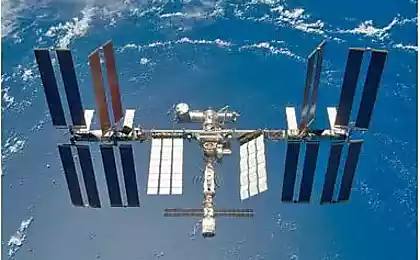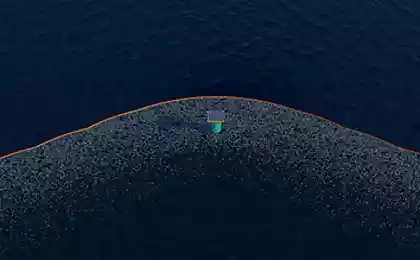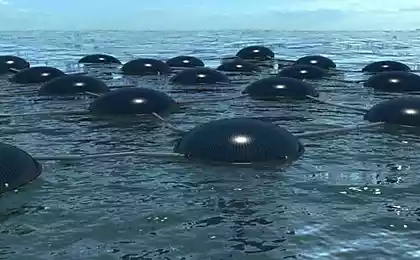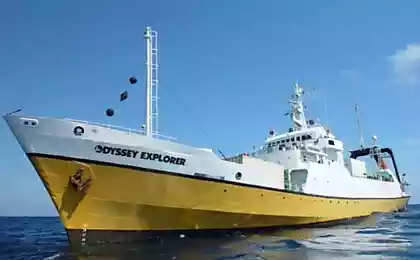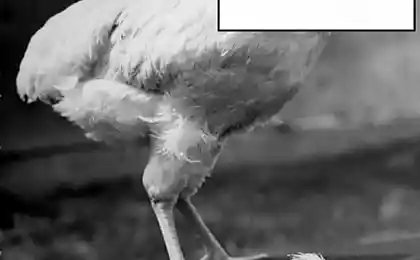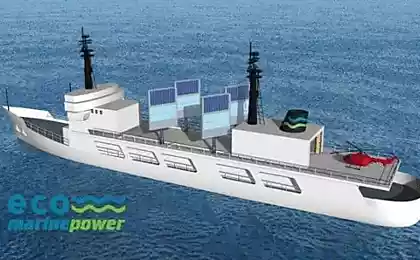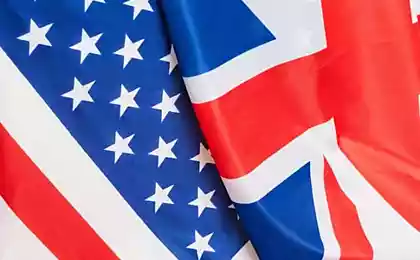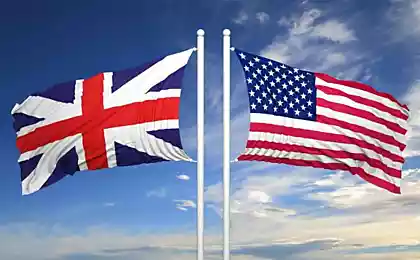878
Census of Marine Life- central project Oceanic.
Census of Marine Life- central project Oceanic. Whether it's tropical waters, the depth of the North Atlantic, or the icy waters Arktiki- biologists «Census of Marine Life» pursue only one goal: the discovery of new species, while they do not disappear from the face of the earth. The project was launched in 2000, it has since been discovered thousands of previously unknown to the inhabitants of the underwater world ...
18 photos
1. Megaleledone setebos, like his ancestors, lives in the cold waters of the Antarctic
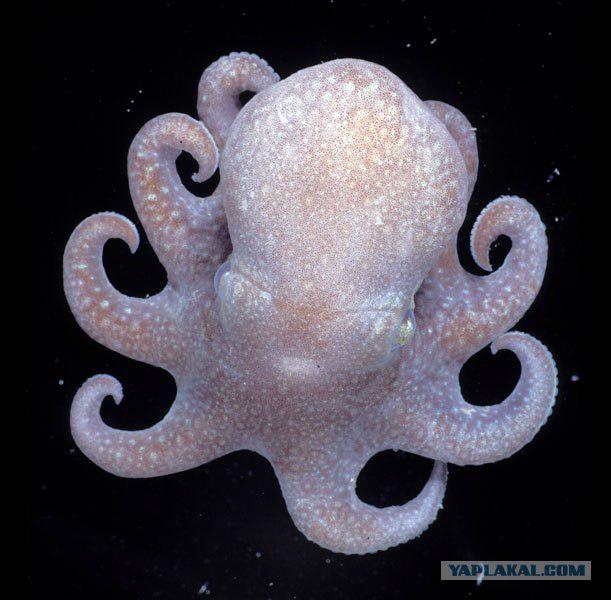
2. Another unusual resident of the Antarctic: Kiwi hirsuta was discovered in 2006 by French oceanographers.
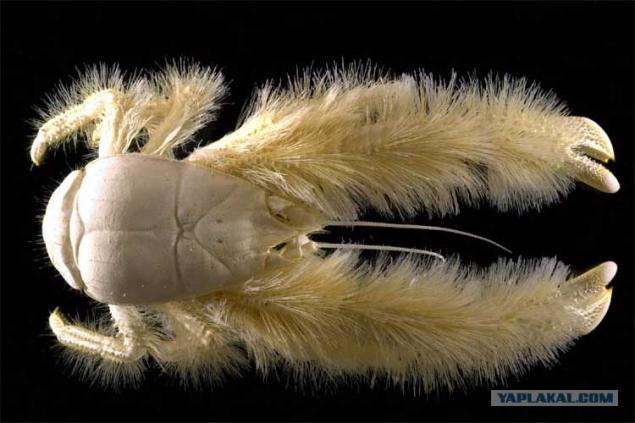
3. Maritime transports spider eggs.
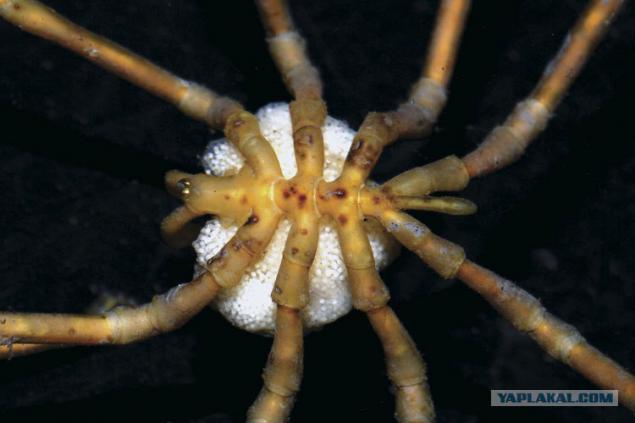
4. Comb

5. The larva of the eel
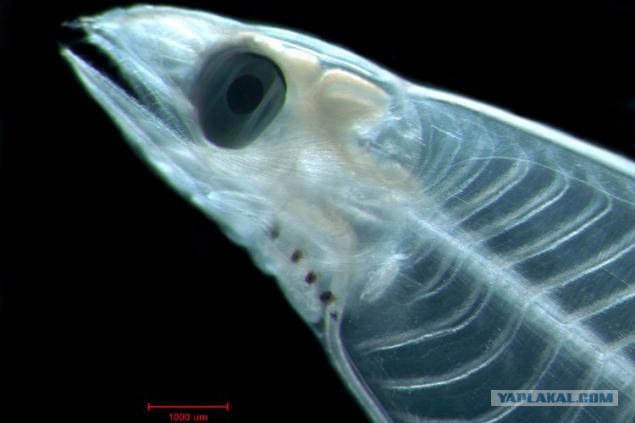
6. holothurian (sea cucumber)
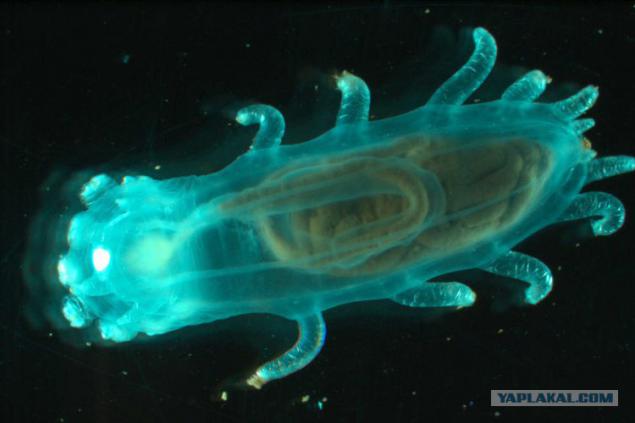
7. tunicates
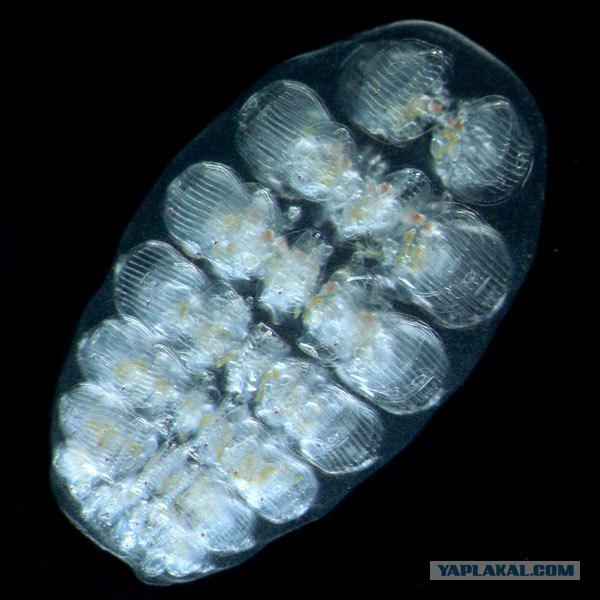
8. Antarctic waters: fish- grenadiry and glass sponge
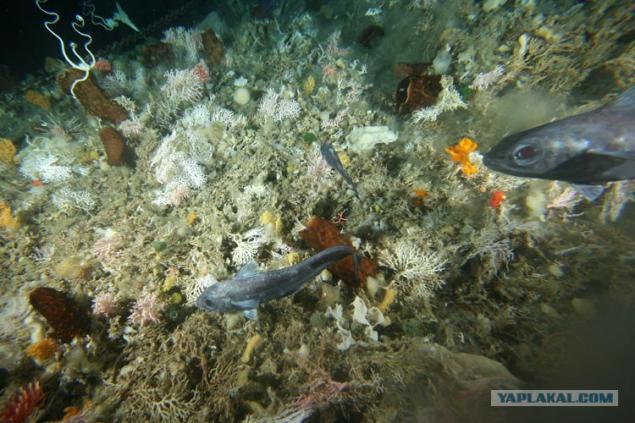
9. sponges, bryozoans, corals and coral moss together form a dense mat that serves other types of safe haven.
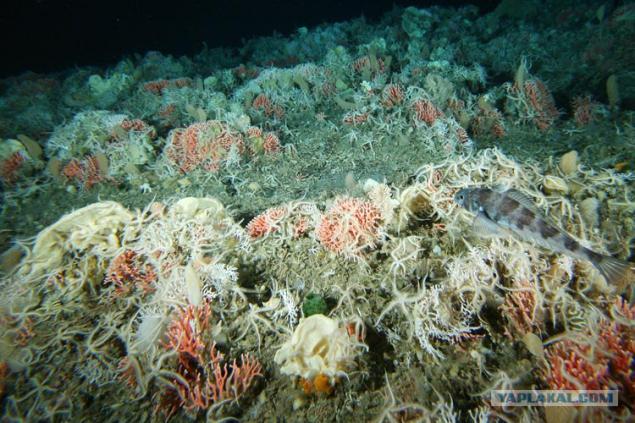
10.
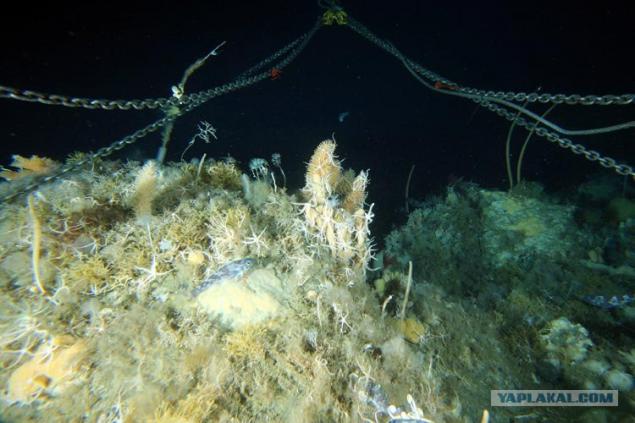
11. These tunicates look like tulips from stekla- in fact it is the animals that feed on plankton.
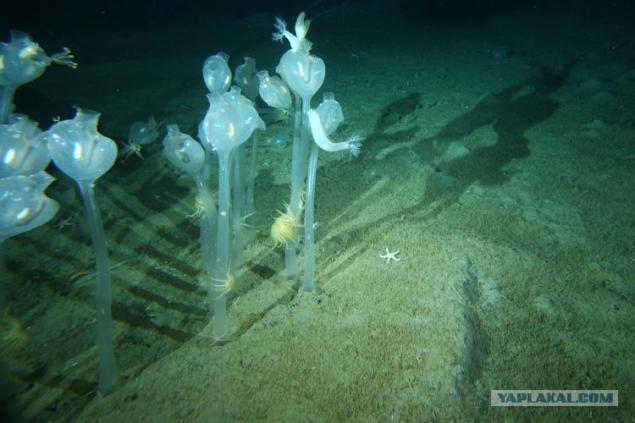
12. Because of global warming, many species of corals exposed to the threat of extinction.
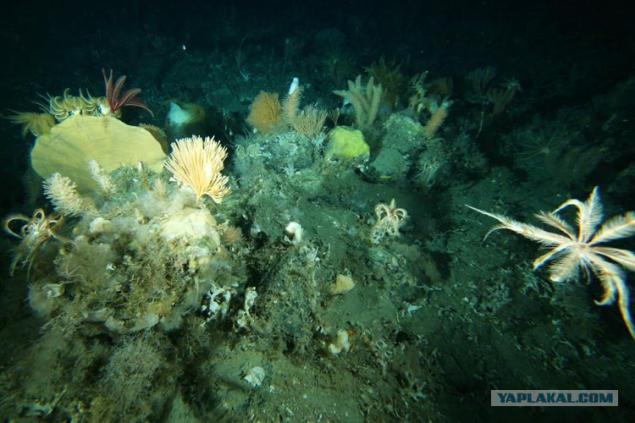
13. This kind of sinofory was also opened 2 years ago.
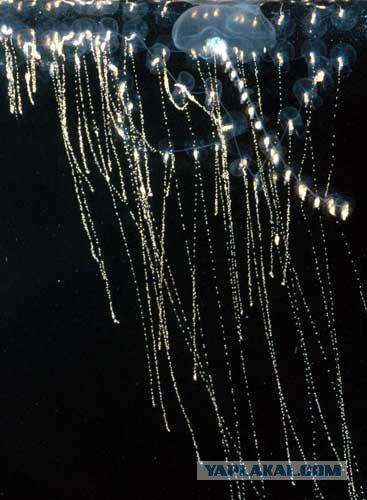
14. Another comb.
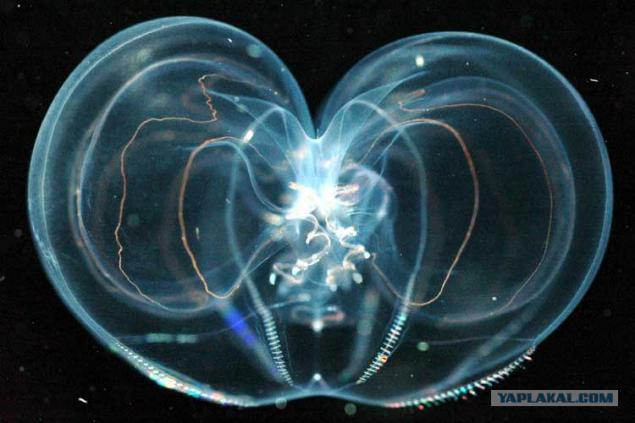
15. Trehugolnaya floating snail called Clio pyramidata.
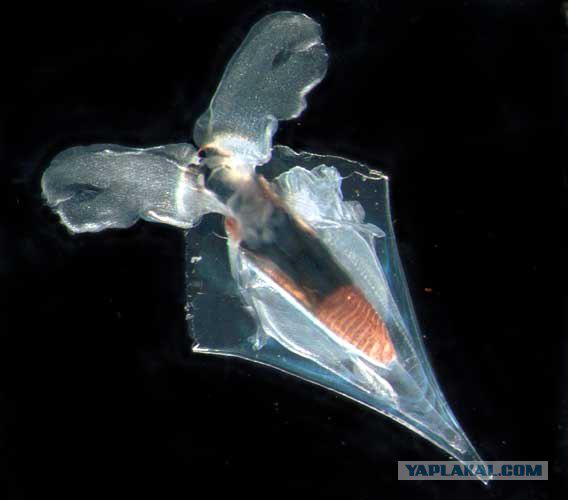
16. "transparent" floating snail Atlanta peroni.
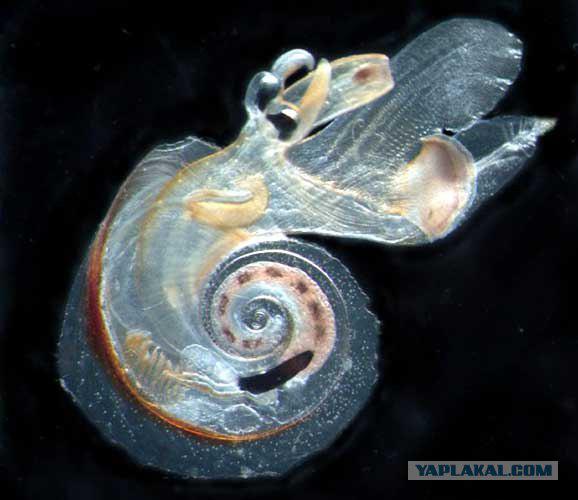
17. Oxygyrus keraudreni.
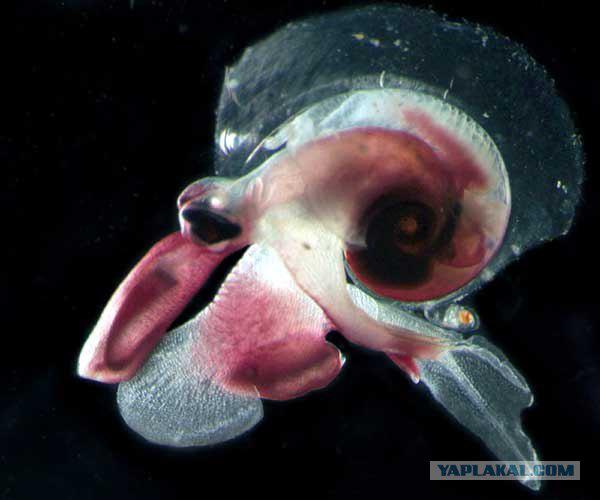
18. Hippopodius hippopus, also this kind would probably never discovered if not thorough "inventory" the world's oceans.
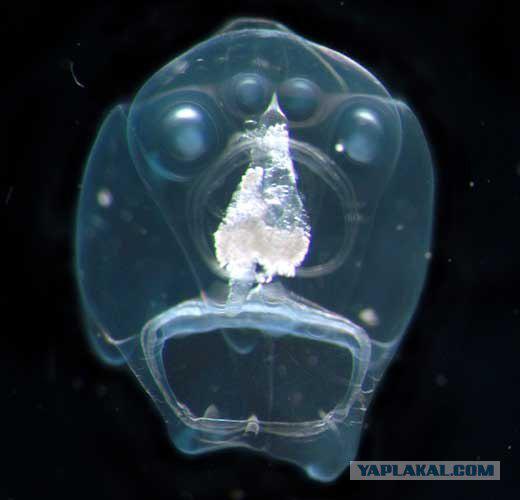
Source:
18 photos
1. Megaleledone setebos, like his ancestors, lives in the cold waters of the Antarctic

2. Another unusual resident of the Antarctic: Kiwi hirsuta was discovered in 2006 by French oceanographers.

3. Maritime transports spider eggs.

4. Comb

5. The larva of the eel

6. holothurian (sea cucumber)

7. tunicates

8. Antarctic waters: fish- grenadiry and glass sponge

9. sponges, bryozoans, corals and coral moss together form a dense mat that serves other types of safe haven.

10.

11. These tunicates look like tulips from stekla- in fact it is the animals that feed on plankton.

12. Because of global warming, many species of corals exposed to the threat of extinction.

13. This kind of sinofory was also opened 2 years ago.

14. Another comb.

15. Trehugolnaya floating snail called Clio pyramidata.

16. "transparent" floating snail Atlanta peroni.

17. Oxygyrus keraudreni.

18. Hippopodius hippopus, also this kind would probably never discovered if not thorough "inventory" the world's oceans.

Source:



